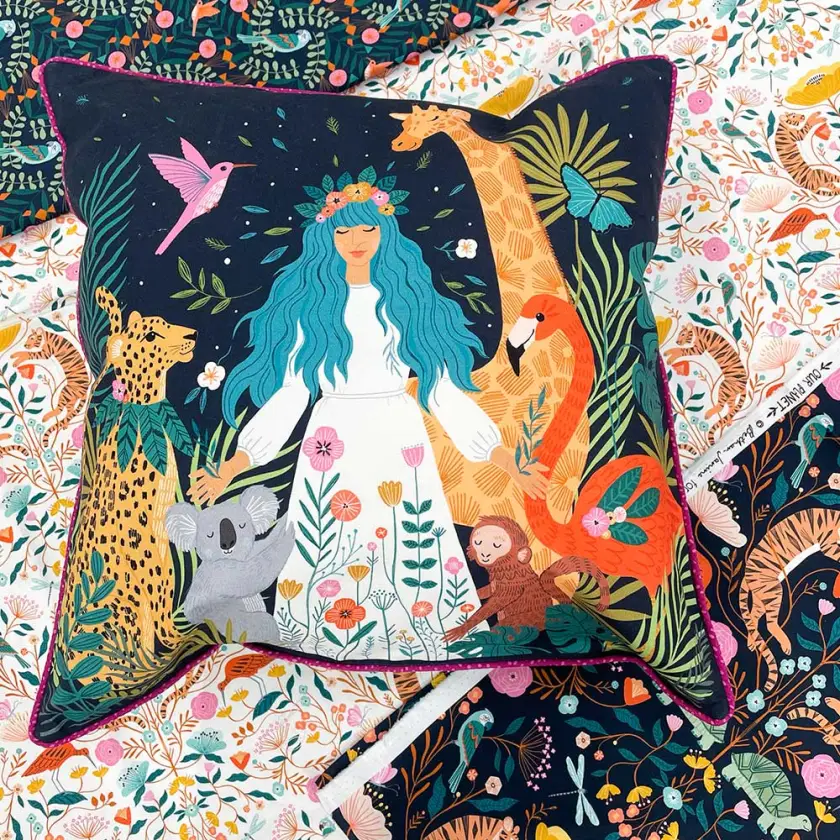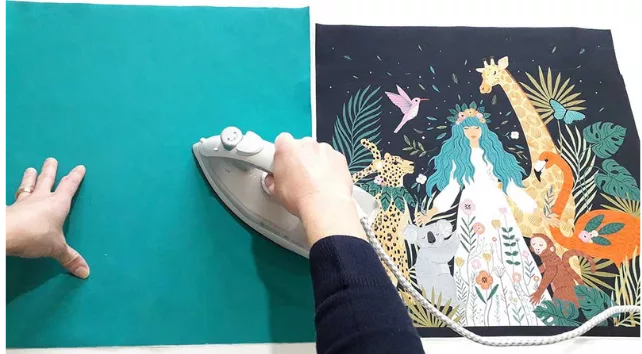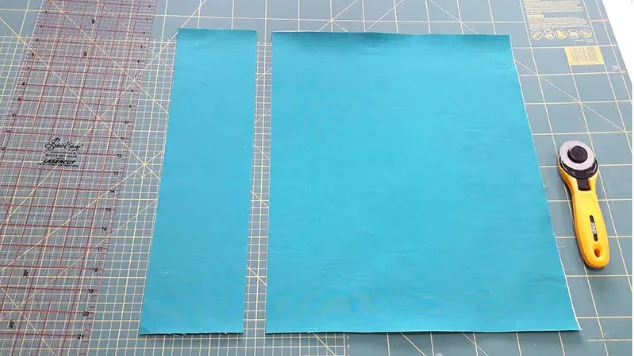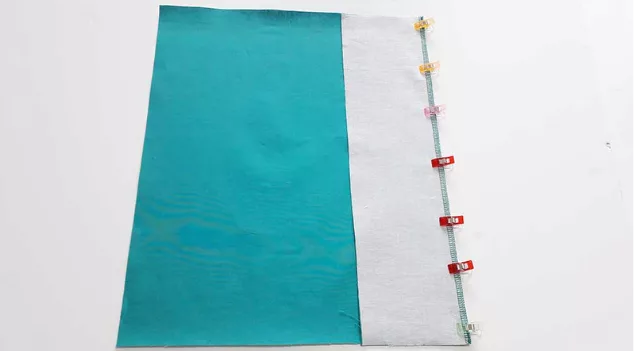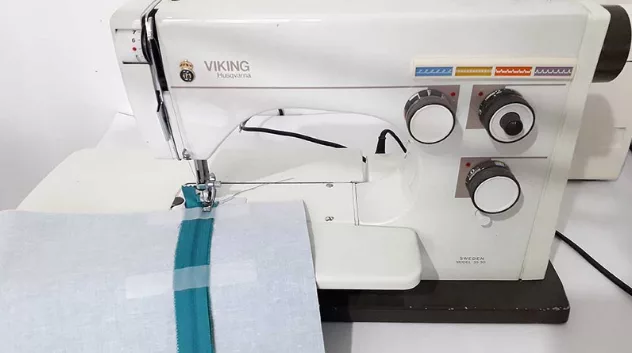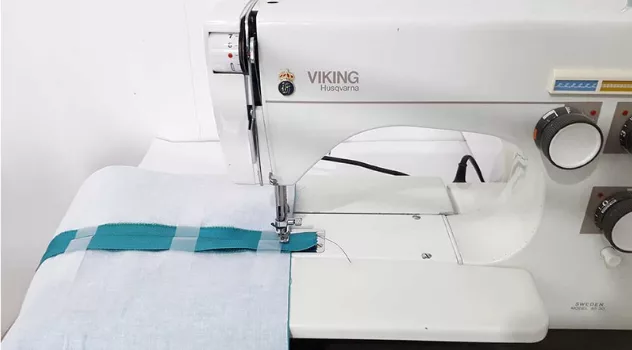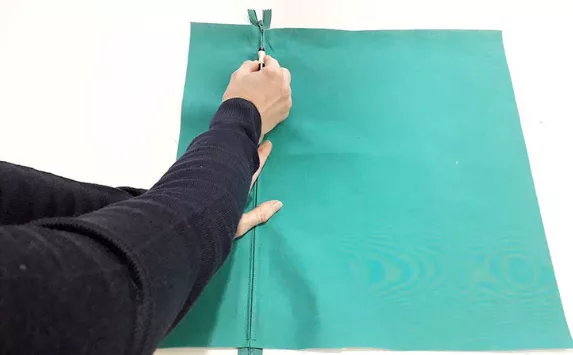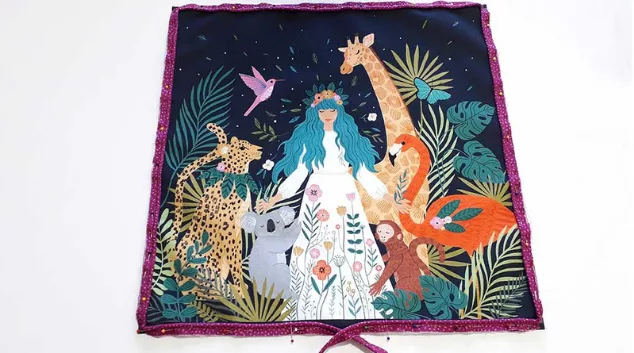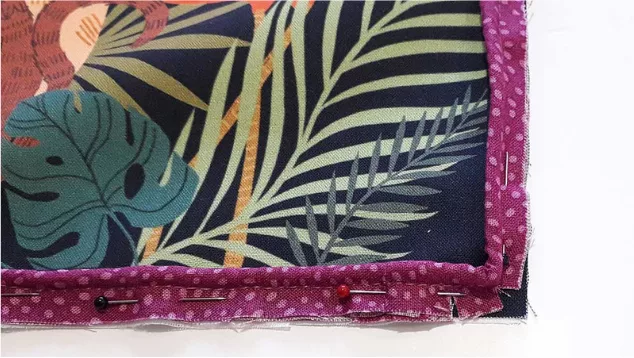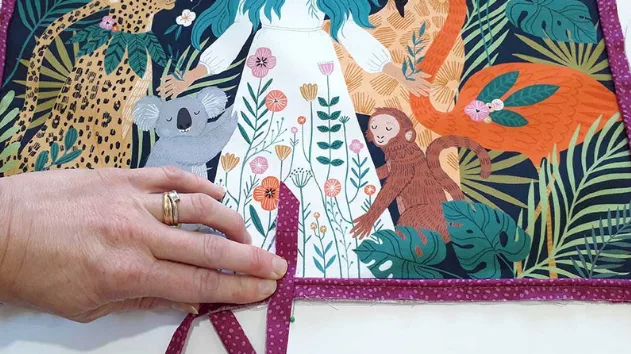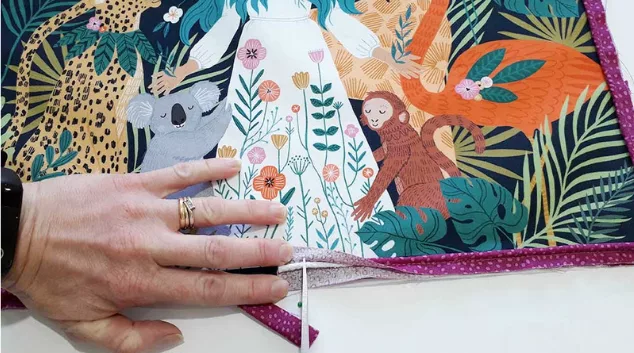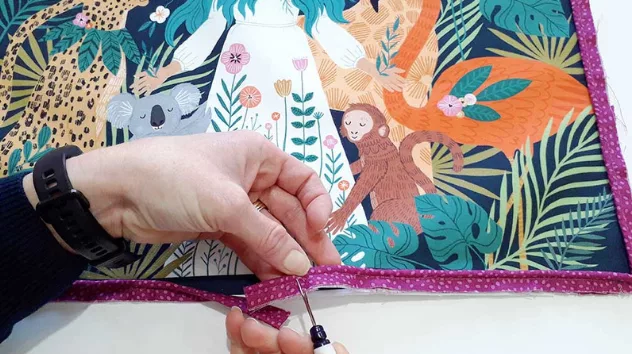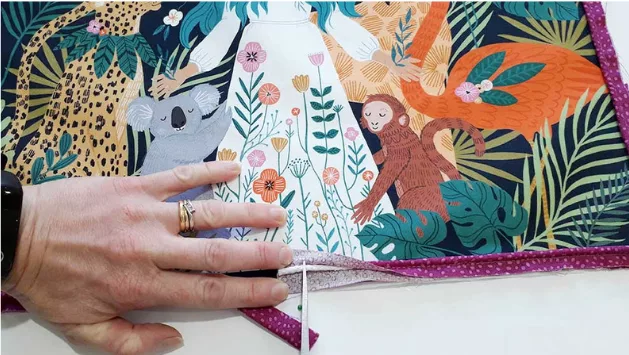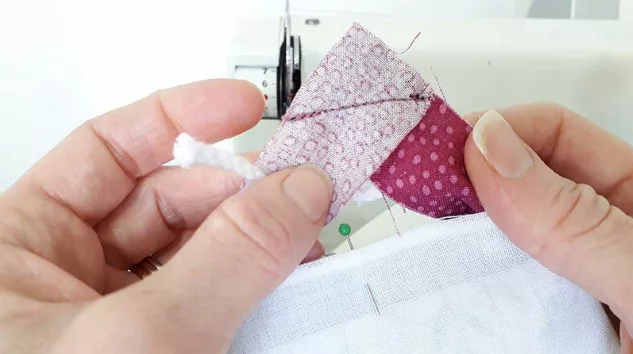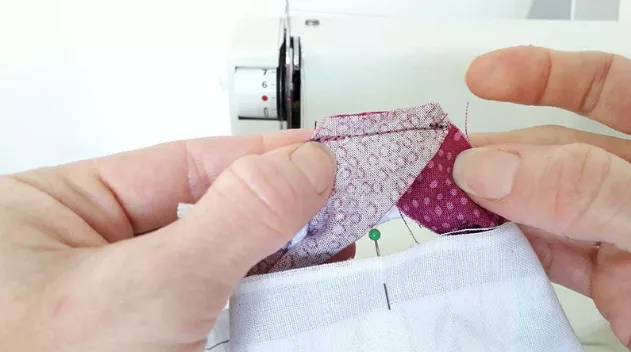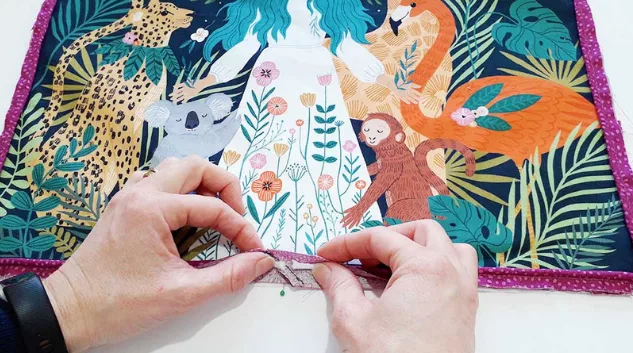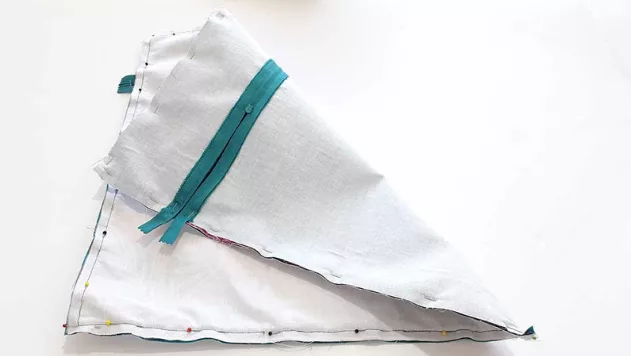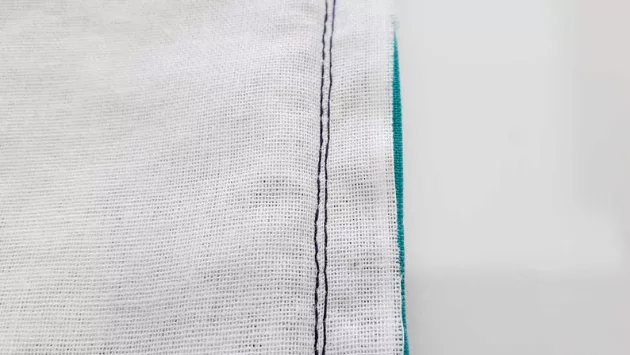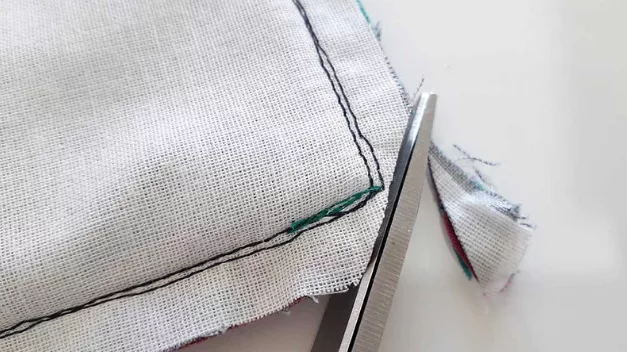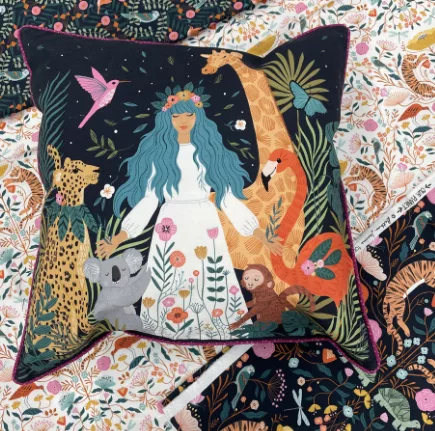
A Fabric Guide: Canvas
Do you have questions about canvas fabric? Is it Canvas, Canevas or Cannapaceus?
We can just about pronounce cannapaceus without getting confuddled!
For ease (and mental overload) let’s stick with canvas.
So What Is Canvas Fabric?
Canvas is a durable cotton fabric with a tight, plain weave and a 2 ply yarn.
It sometimes feels a little rough to touch because of the fibrous parts of the cotton, linen, flax or hemp plants that are used to form the yarn and the resulting thread isn’t usually combed.
We recommend giving your hands a good moisture after you’re done sewing if your project is heavy on canvas fabric!

Boring Legal Bit: If you follow any tutorial or guidance found in this post, or on this blog, you agree to be bound by our disclaimer which can be viewed here
Grab 10% OFF on Canvas fabric with our discount code!
CANVAS-SAVING-10
Use the code above at checkout for 10% off.
A Little History Of Canvas Fabric
While the earliest known evidence of canvas comes from ancient India around 1500 B.C. The name came later when production spread to Europe in the eighth century.
The word ‘canvas’ is from the old French canevas, which may have roots in the Latin ‘cannapaceus’, meaning “made of hemp”. (did you skip over cannapaceus reading this in your head?!)
Originally popular with sailmakers due to its natural resistance to water; popularity grew in the 16th century when painters found it to be a more versatile surface than wood and plaster (frescoes). Canvas was a cheaper and readily available alternative!
Denim has a similar feel to canvas, though the 2 can be identified by the weave; denim has a twill weave, resulting in quite different properties. Sometimes referred to as ‘duck’, though duck has a tighter weave and slightly heavier feel.
What Is Canvas Used For?
Canvas has many uses in the modern world thanks to how versatile it is! Canvas is a sturdy fabric with little drape so its best suited for projects that need structure.

When planning sewing projects canvas is ideal for:
- Upholstery
- Seat covers
- Window dressing
- Bag making
- Tote bags
- Fabric baskets
- Laptop Cases
- Aprons
- Jackets/ coats
- Interlining and lining
- Footstools & Pouffes
How To Sew Canvas:
Wondering what needle you need for sewing canvas? Or stitch length? Check out our top tips on sewing canvas :
- Thread: Sew all or upholstery
- Needle size: 100/16 HJ or 110/18 HJ
- Stitch length: 3mm
- Presser foot: Standard
- Seam finish: Press open and overlock where needed. Flat fell is also a good seam for canvas makes to make your project even more robust
- No need to pre wash if project will be dry cleaned
- Pre wash canvas to soften it
- No need for interfacing – canvas is sturdy enough on it’s own

Canvas Bag
The manufacturing process uses a lot of chemicals which is a shame as it gives canvas a higher environmental impact, although there are some organic & PVC free options available. It’s still a tricky one for environmentally friendly seam-stars.
That said – taking its environmental impact into account, canvas projects with longevity are a more conscientious choice for the fabric than fast fashion items.
Fun Canvas Facts:
- Canvas can be blended with other fibres, it’s not always 100% cotton.
- Wet canvas fibres swell, making it naturally resistant to water.
- In the 13th century canvas was added to shields, it is believed this was for strength as well as making the surface paintable.
- Artists’ canvas are stretched cotton/linen canvas coated in primer (gesso).
- A popular footwear brand are iconic for their use of canvas in shoes.
- It’s even used for martial arts outfits!
We Hope you found this fabric guide helpful and it gives you some guidance on how to use canvas fabric!
Hop over to the website if you’re in need of some versatile canvas fabric or pin this guide for later

Are there any other fabrics you’d like to see guides for? Let us know in the comments 🙂
Follow Plush Addict on social media and keep an eye out for more tutorials. Please tag us @PlushAddict on your fave social media channel… we’d love to see your makes!




